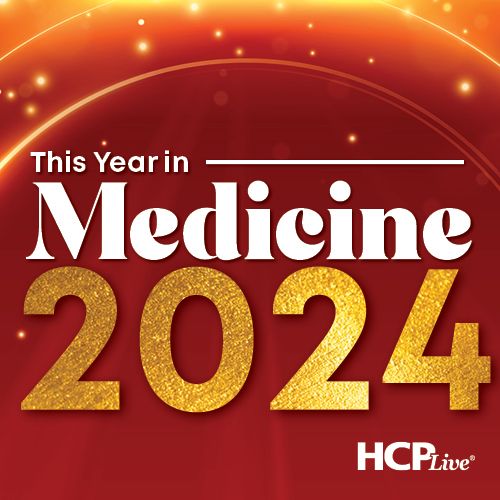Video
Mitigating Unnecessary Isolation Due to Suspected C. Diff Infection
Author(s):
Isolation as a result of suspected C. Diff can take a significant financial toll on the healthcare system, thus it is necessary to determine appropriate factors that can predict CDI.
Findings presented at the American College of Gastroenterology (ACG) 2020 conference underscore a need to mitigate unnecessary isolation and antibiotic use among patients suspected of clostridium difficile infection (CDI).
These unnecessary isolation protocols can have significant financial and emotional burdens, with them being especially pronounced in minority populations.
Michelle Thomas, MD, and colleagues at Harlem Hospital Center, New York, conducted a retrospective study to determine factors that could predict CDI among African Americans, the majority population at Harlem Hospital.
They assessed a total of 251 suspected patients, of which 48% were females. The median age of this population was 61.
Of the total, only 22% were confirmed positive for CDI.
Furthermore, the average length of hospital stay for the whole population varied from 1-80, with the average length of antibiotic use being 14 days. For those with confirmed CDI, the average hospital stay was 33 days—versus 34 for those without CDI.
Thomas and colleagues noted that there was no significant difference between the length of antibiotic use between the CDI and non-CDI populations.
They did note that older patients, most notably those ≥65 years, presented with a higher rate of infection (P<.05). Further, they found the blacks had increased incidences of CDI when compared with Hispanics.
In an interview with HCPLive®, Thomas discussed these findings, noting the disparities in age and ethnicity.
“That was not much of a surprise, because the studies show that older adults are more at risk,” she said.
“But we’re not quite sure in terms of the ethnic disparity that we saw. We wonder if it’s based off the GI micriobiome—in terms of difference in ethnicities being exposed to clostridium difficile.”
She also shed light on her experiences dealing with patients who are isolated due to suspected CDI and the emotional distress it may cause for them.




